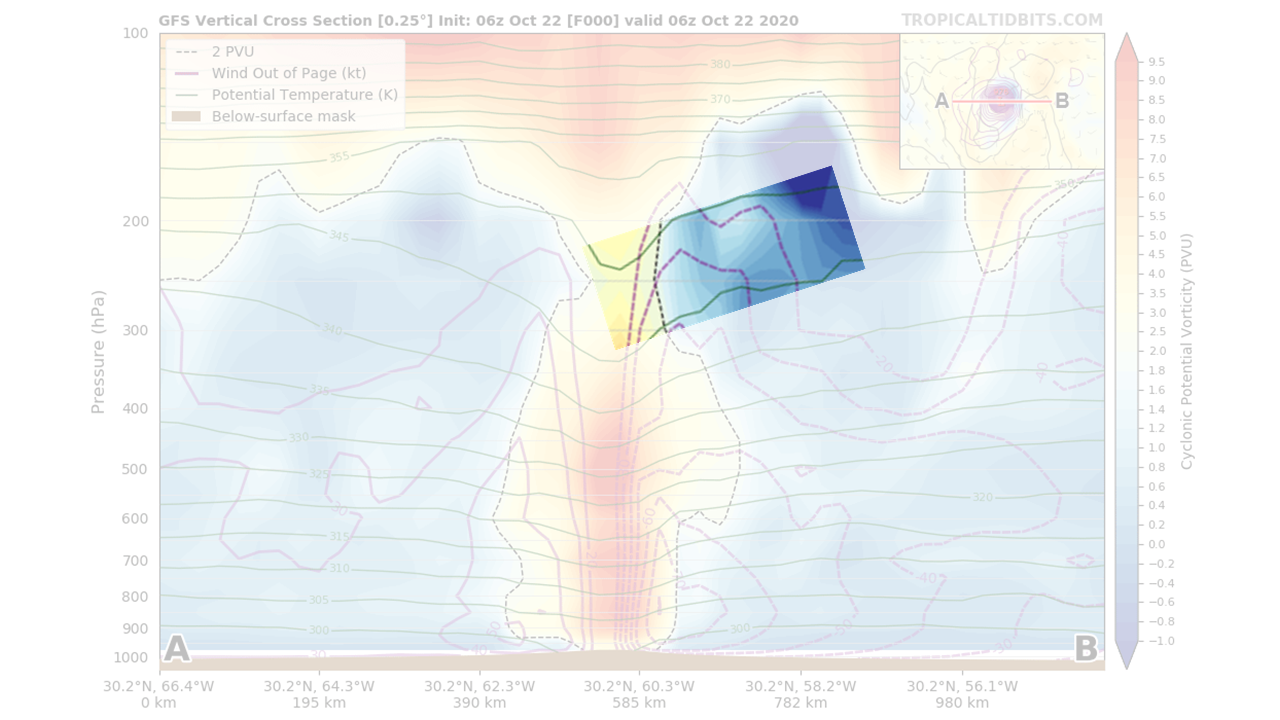Comments on Hitchman and Rowe’s Reply
Published:
The comment-reply correspondence between Hitchman & Rowe and me has been published. We did not reach plenary agreement as their reply was published in the original form without accounting for my comments on their reply during the correspondence. The following is a record of my comments.
Recommendation
Minor Revision
Summary
I thank the authors for the thoughtful reply, with which I am mostly satisfied. I recommend minor revisions to ask the authors to give another consideration to the following four points.
Minor comments
- “We agree with his interpretation, except for mis-characterizing our canoe paddle analogy as a “flaw”.” This reads like attacking a straw man because my comment paper does not explicitly mention the canoe paddle analogy. Whether the analogy is helpful for qualitative explanation is subject to personal opinion (see the next point), so I prefer not to discuss that in my comment paper. However, using the analogy for budget analysis like in section 8 of HR2019 results in double counting, and my comment paper argues that a double-counting budget analysis is flawed.
- Please consider replying to the proposed remedy. I believe the proposed remedy is more analogous to a canoe paddle. I agree that the convective momentum transport is like a canoe paddle impinging on the interface. However, I feel ill to relate the canoe paddle to a term usually associated with turbulence. The proposed remedy associates the convective momentum transport to the product of diabatic forcing and vertical shear. To me, the vertical shear is analogous to the velocity difference between paddle motion and water flow, and the diabatic forcing is analogous to the paddle impingement on the interface. These ingredients together (take the product) yield the PV dipole.
- “PV anomalies that are advected upward… in agreement with Ong’s (2020) interpretation.” This reads like misinterpretation. In my proposed remedy, cross-isentropic (vertical) advection of momentum yields along-isentropic (horizontal) non-advective flux of PV. My comment paper does not mention any advection or flux of PV that is vertical.
- “In considering his Fig. 1b… an array of values in altitude.” These statements may be acceptable because the authors have stated that they “calculate the vertical component of PV based on relative vorticity at constant height.” However, I would like to remind the authors that the complete PV can be calculated in altitude coordinates. PV is defined as the dot product of absolute vorticity and theta gradient divided by density, so the complete PV equals to the vertical component plus the horizontal component, i.e., horizonal absolute vorticity dotting horizontal theta gradient. In my Figure 1b, there is indeed a nonzero vertical component of PV, but it is offset by the horizontal component of PV, leaving the complete PV zero. People prefer PV analysis in isentropic coordinates, where PV only has a vertical component.

